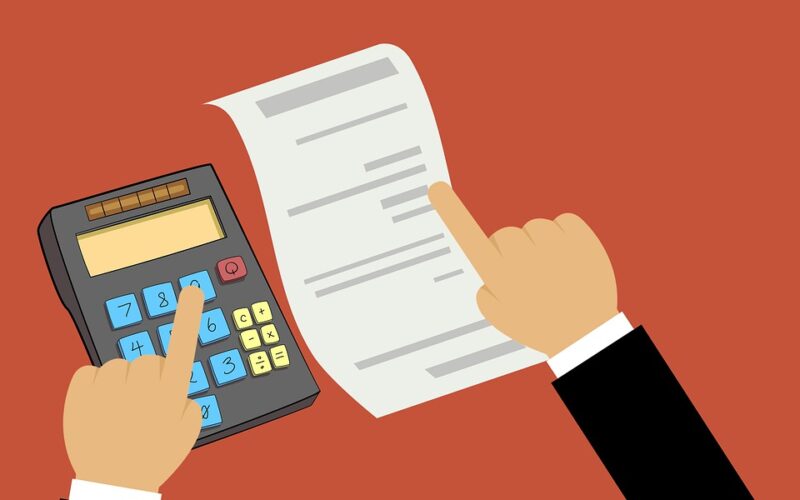Takepayments understand robust financial planning is currently more important than ever for small businesses, especially as Government energy bill support is set to be scaled back in March.
This interactive template allows SME owners to clearly map out estimated and actual income and expenses month by month, for the year ahead. It includes:
- A financial forecasting calculator broken down into estimated income and expenses which enables business owners to calculate their approximate net cash flow, balance and overall income for each month
- A template to display actual income for each month and a tracker to compare forecast and actual income
Jodie Wilkinson, Head of Strategic Partnerships at takepayments, has also supplied the budgeting tips for SMEs below:
“When it comes to small business budgeting, proper planning is the most important step to take.
You should get into the habit of revisiting your budgeting plan regularly, once a month or at least once a quarter, to check if costs are higher or lower than expected to make adjustments for the future, if necessary.
To avoid going over budget, it’s best to over-forecast your bills by 10% as part of your planning. If your bill is higher than anticipated, especially as energy bill prices remain volatile, you’ll have a contingency pot ready and waiting to cover the cost.
It is also a good idea to have an emergency fund because nobody knows what the future holds. If you have a particularly buoyant sales month, put a percentage of the taking into a fund to cover any future unexpected costs.”
For more in-depth budgeting tips for small businesses, please see the full guide at the link provided at the start of this email. This guide also contains a link to a free sole trader tax calculator to help the self employed easily work out their tax and national insurance.









